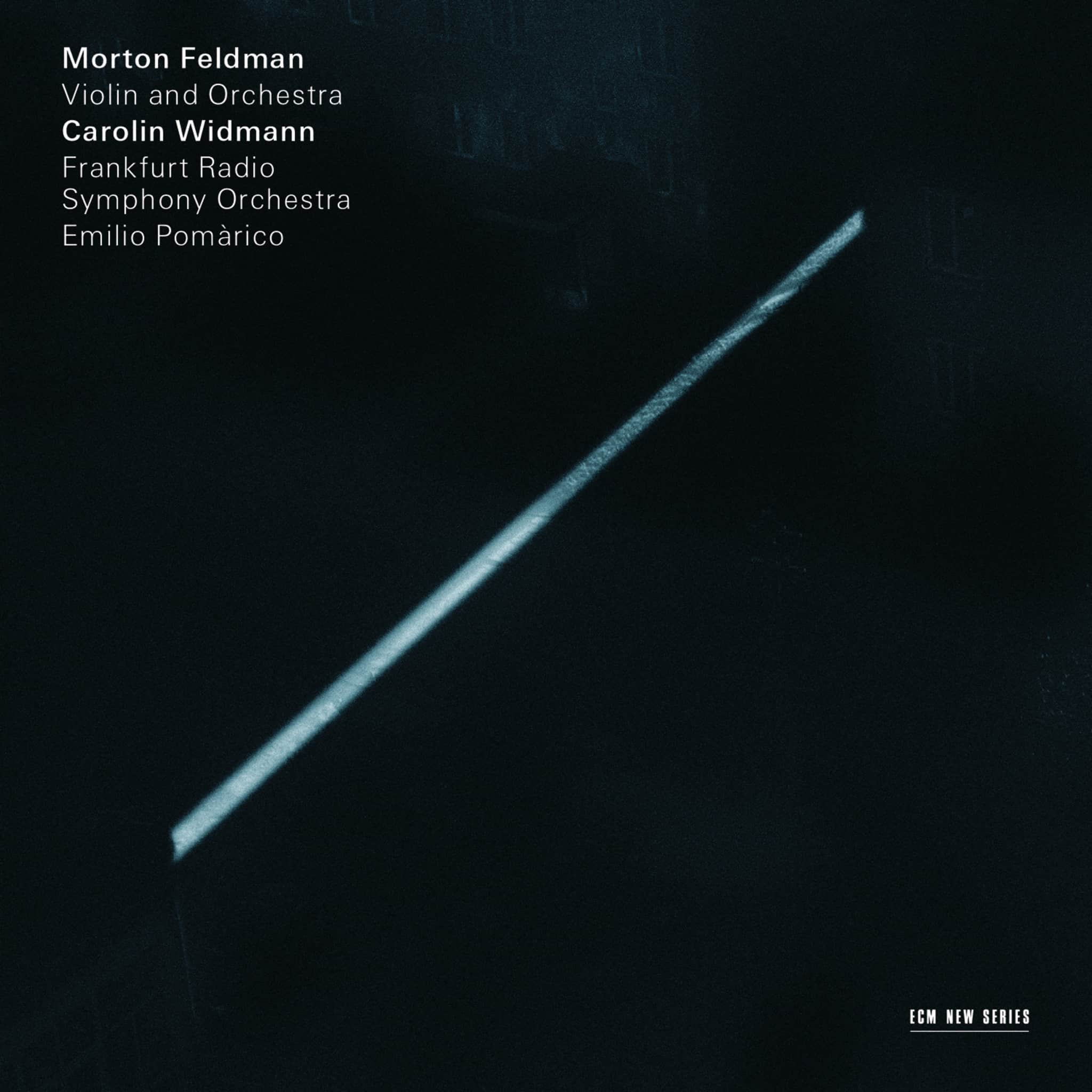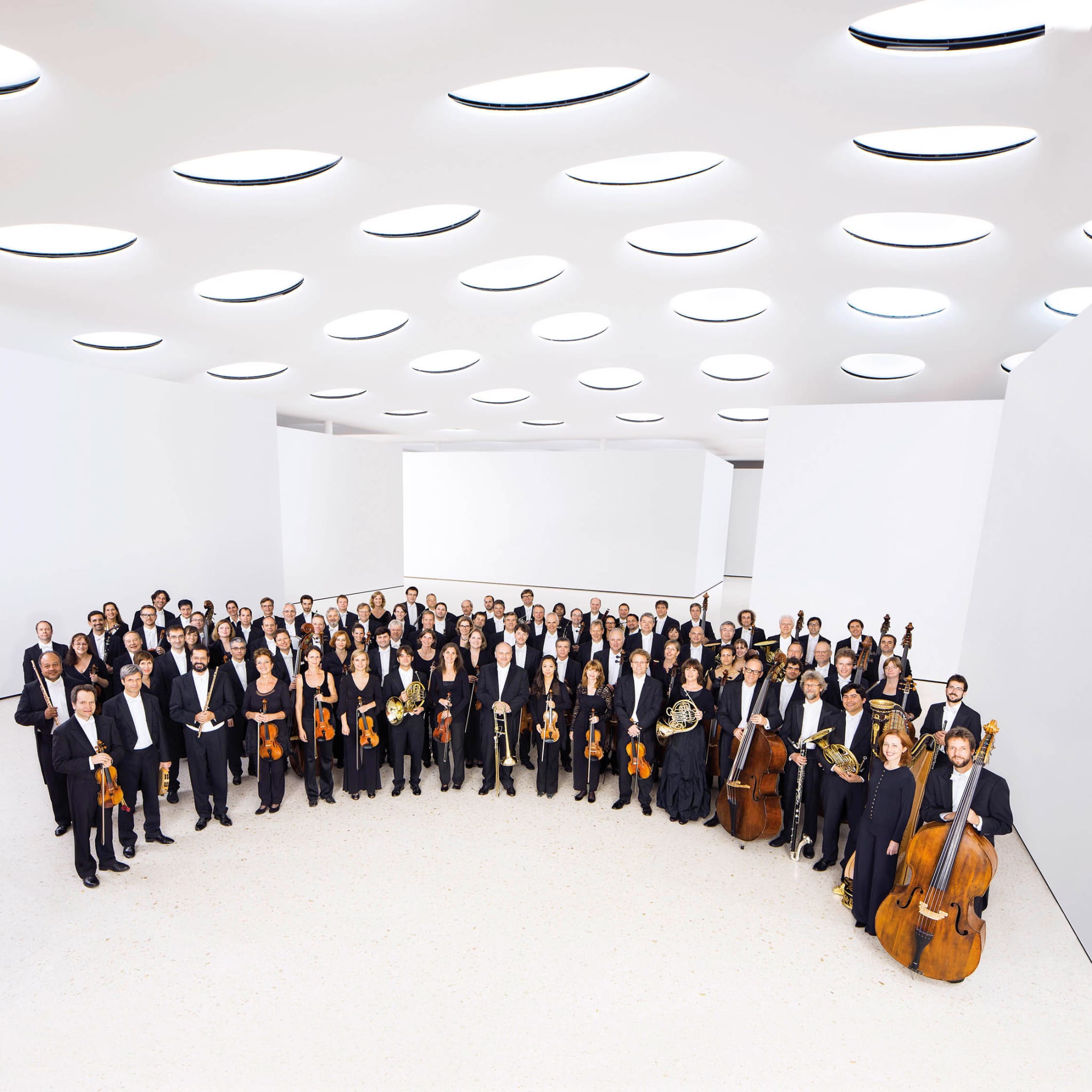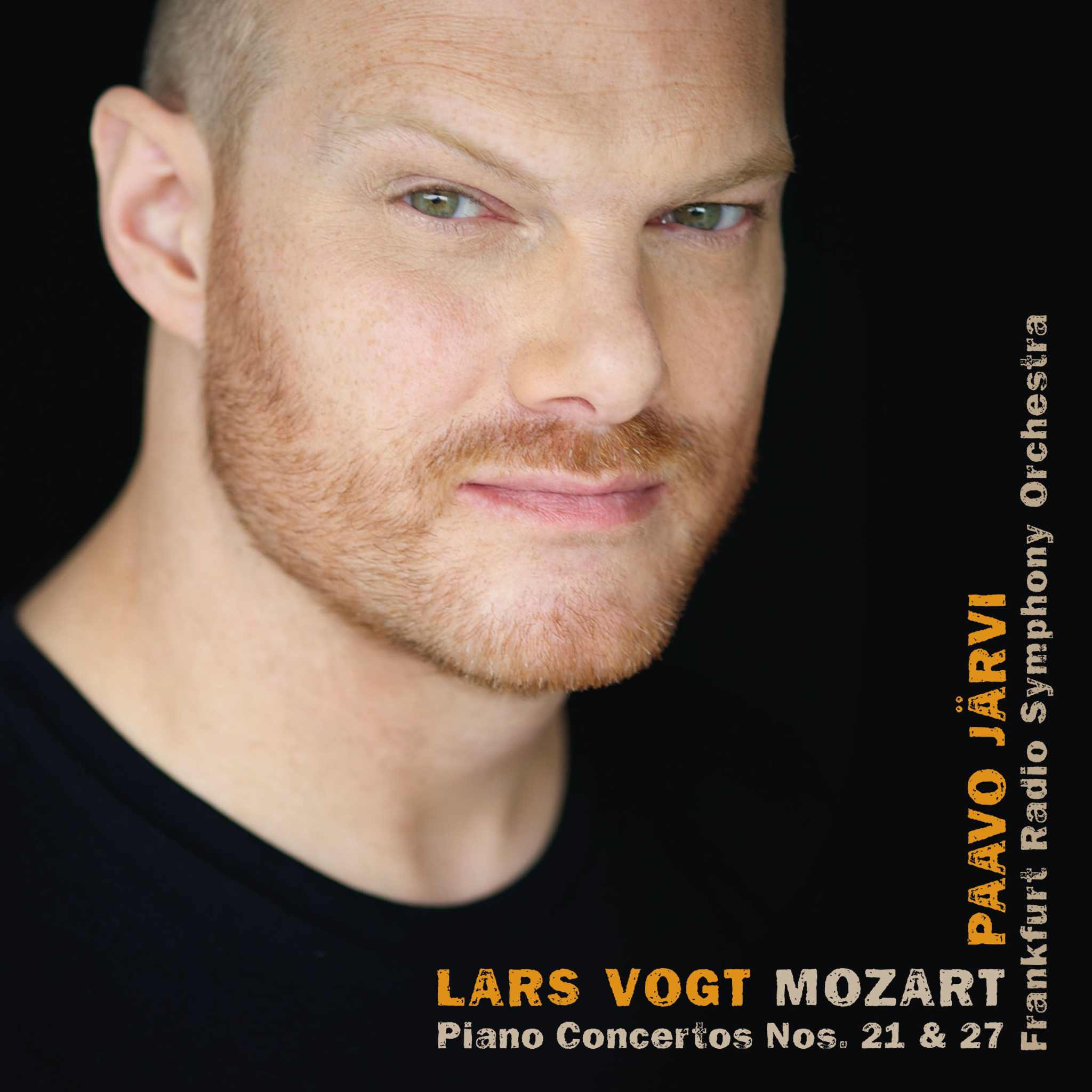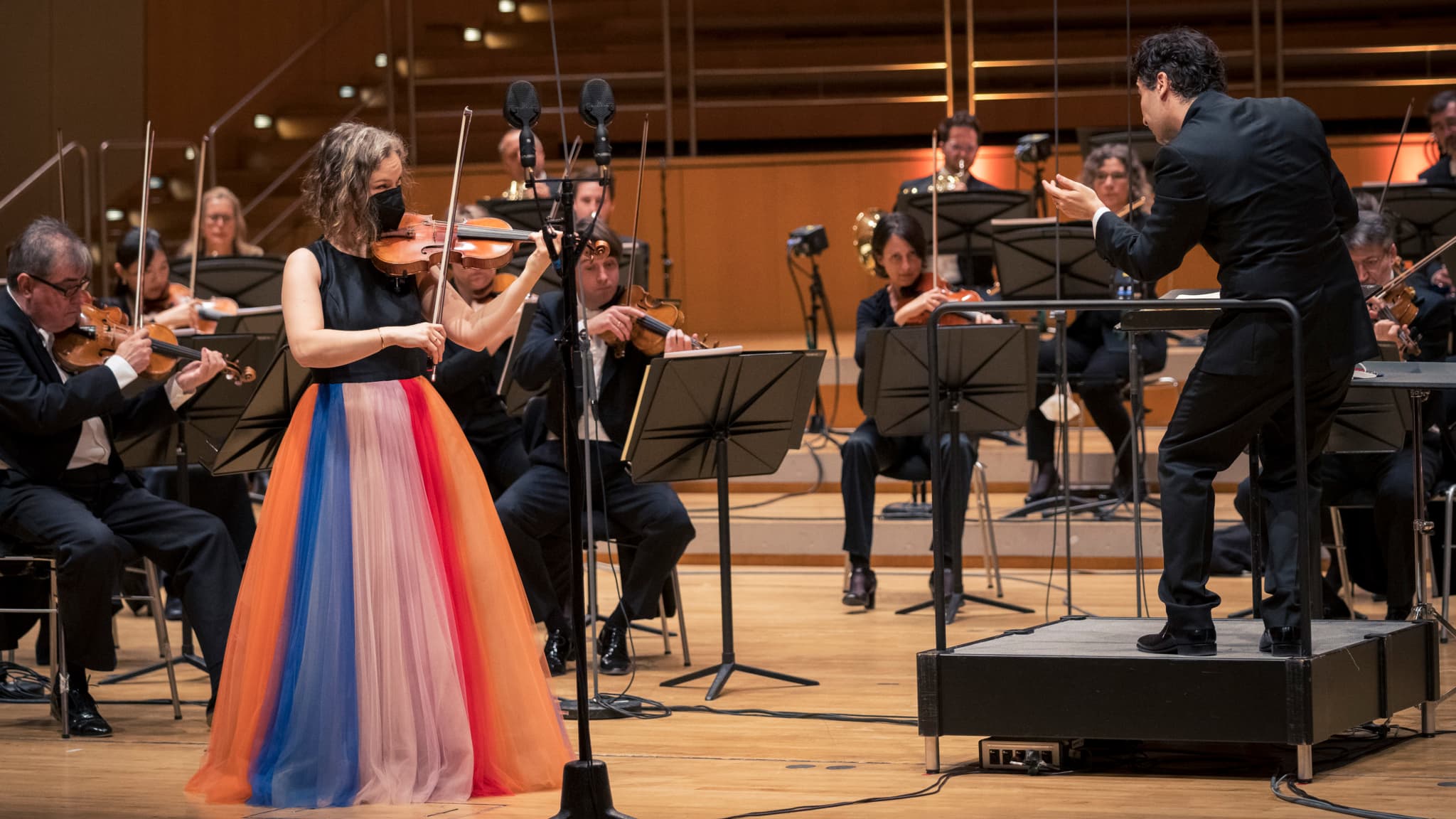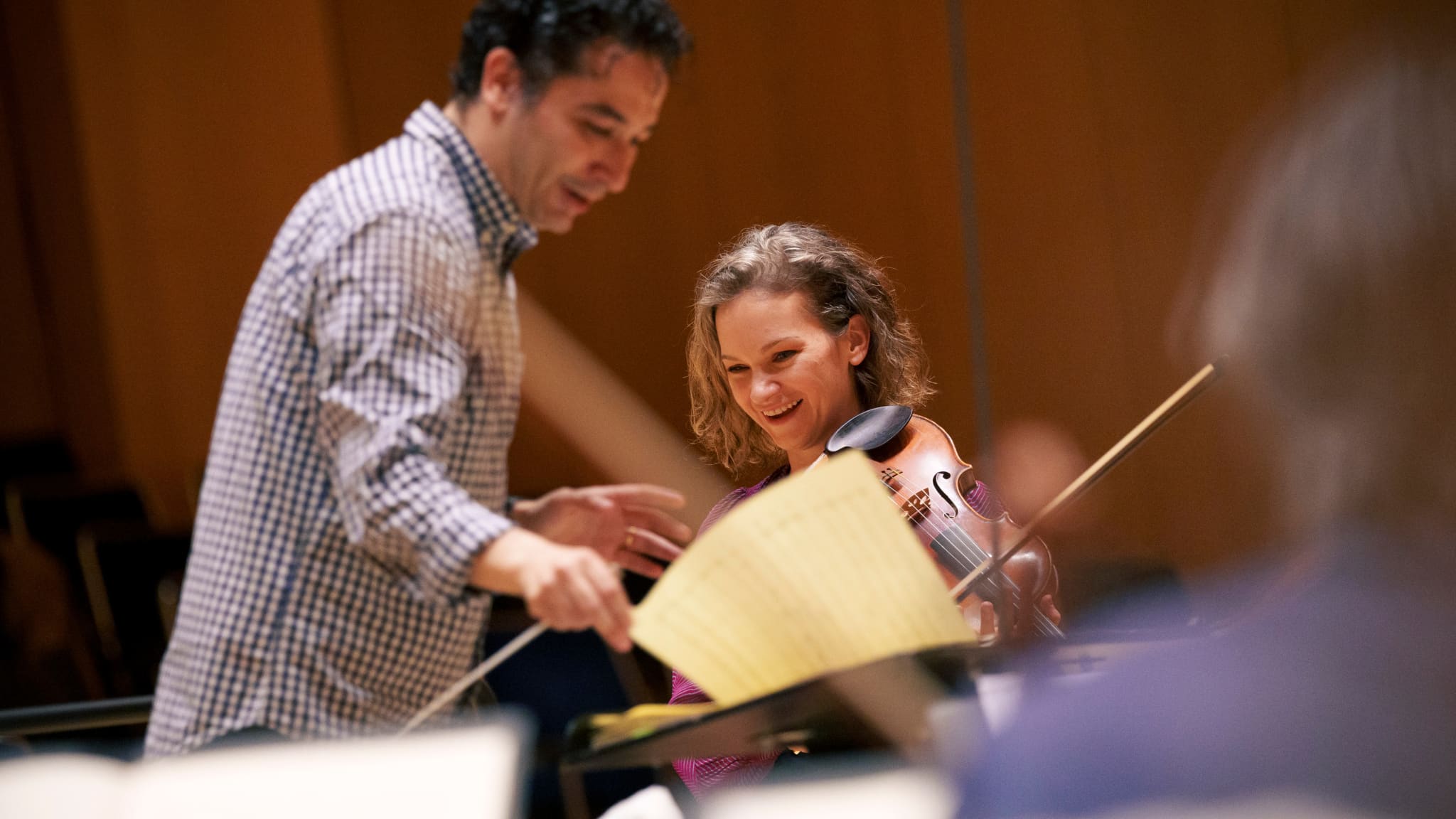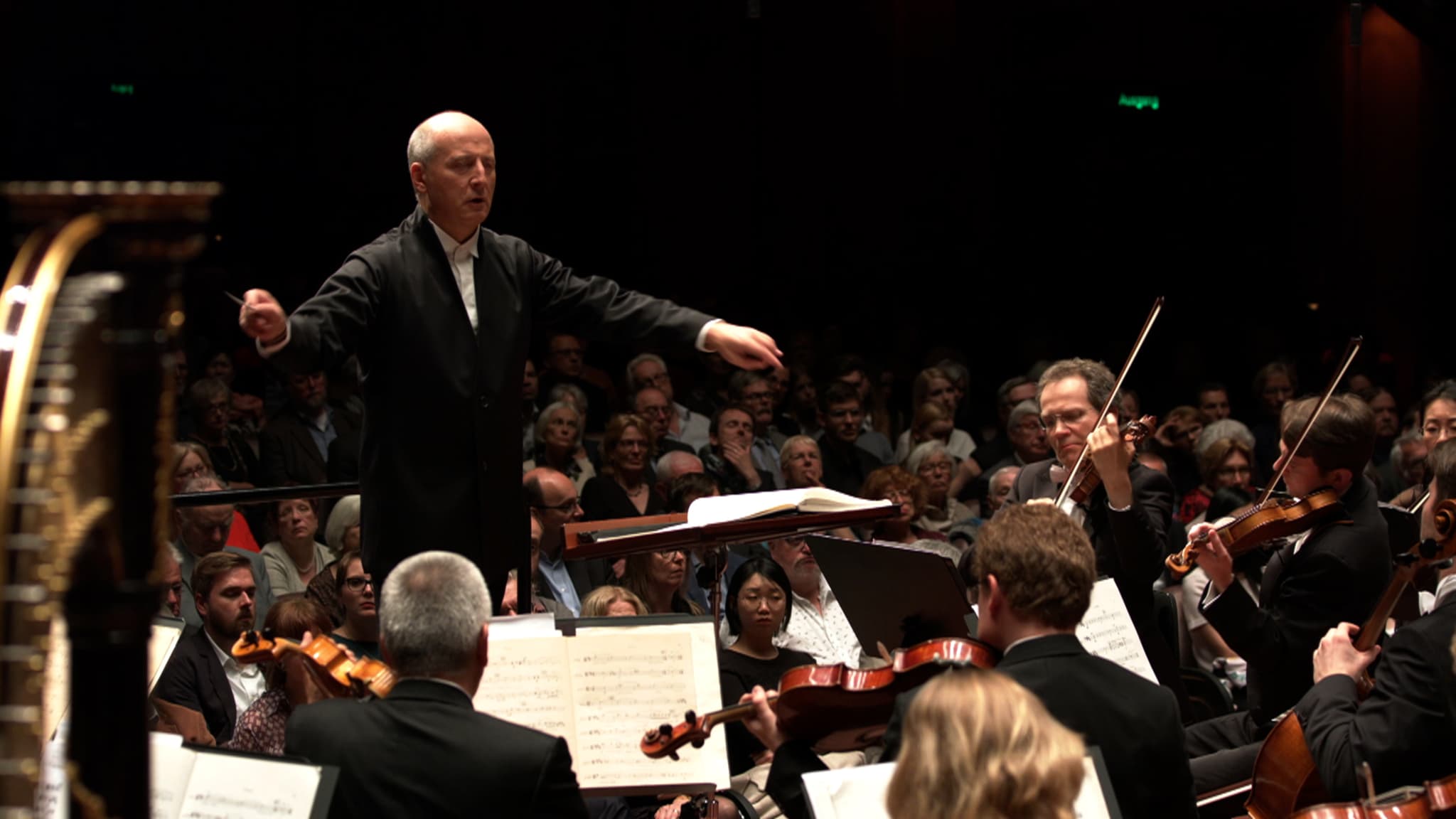Album insights
The rich British heritage of light entertainment music, although not particularly deep intellectually or emotionally, has the ability to evoke cheerfulness through imaginative effects, delightful melodies, and masterful skill. Originally composed for music pavilions, dance halls, and salon orchestras during the days of Victoria and Edward VII, entertainment music found use as interlude music in theaters as well. Printed collections of "mood music" pieces emerged for silent film cinemas, while new compositions entertained radio listeners during the two World Wars. In Elizabeth II's reign, these works were employed as TV theme tunes or background music. This second collection following Hyperion's premiere edition British Light Music Classics serves to bring attention to a vast array of pieces, many of which bear unfamiliar titles and composers rarely granted the honor of performance.
Foremost composer in this collection, Edward Elgar, known as Britain's greatest symphonist, also showed a fondness for entertainment music and created a variety of small works in this genre. Initially, Elgar's impact was mostly confined to the West of England, but gained nationwide fame with his 'Enigma' Variations after he turned forty. Following two symphonies and his Violin Concerto, Elgar composed the gentle Carissima for a small orchestra in 1914.
In contrast, Ernest Bucalossi, a true entertainment music specialist, is remembered today for a single enduring and popular musical gem, The Grasshopper's Dance. The son of the theater conductor and composer Procida Bucalossi, he ventured into composing pieces for various theater domains after starting as his father's deputy in 1881. Ernest's captivating 'character piece' lives up to its title, with its percussion section mimicking the sounds of grasshoppers, and has retained its popularity over the years, even being featured in television milk product advertisements.
Herman Finck, known as 'Herman von de Vinck,' born to a Dutch immigrant musician in London, conducted orchestras at the Palace Theatre of Varieties for over twenty years and was later a musical director at the Theatre Royal in Drury Lane during the 1920s. Among his compositions was the charming In the Shadows from 1910, which gained worldwide popularity and was originally composed for a rope-skipping exercise by the John Tiller Theatre Company.
Arthur Wood, a flutist born in Heckmondwike, Yorkshire, became known for his orchestral suites evoking the essence of his native Yorkshire. His work My Native Heath from 1925 includes the fourth movement, 'Barwick Green,' which found fame as the theme for the long-running radio series The Archers.
Renowned in the world of light entertainment music, Albert W. Ketèlbey from Aston, Birmingham, was a skilled composer known for his unique descriptive music style. Sanctuary of the Heart from 1924, classified as a 'méditation religieuse,' exemplifies his inventive instrumentation and broad melodies.
Percy Fletcher from Derby exhibited exceptional talent as a composer for various genres, including vocal works, brass band pieces, and orchestral compositions like the lively waltz Bal masqué from 1914, part of his Two Parisian Sketches series, capturing the nostalgic charm of pre-World War I times.
Haydn Wood, hailing from Slaithwaite near Huddersfield, also made significant contributions to entertainment music with sentimental ballads like Roses of Picardy. His composition London Landmarks from 1946 became famous as the theme tune for the radio program Down Your Way.
Another giant in British light music, Eric Coates, born in Hucknall, Nottinghamshire, was celebrated for his technical prowess and stylish melodies. His iconic march Knightsbridge, part of the London Suite, gained immense popularity, becoming a quintessential theme for various radio broadcasts.
Londoner Charles Williams established himself in the music industry as a skilled violinist and later as a prolific composer of film music and evocative pieces for radio and television, such as the popular Dream of Olwen from the film While I Live.
Frederic Curzon, a versatile musician born in London, showcased his talent through elegant and melodious compositions like The Boulevardier and March of the Bowmen, which featured in his Robin Hood Suite.
Fred Hartley from Dundee specialized in light entertainment music, creating catchy compositions like Rouge et Noir, reminiscing about the city of Paris.
Benjamin Frankel, a London-born composer known for his serious music endeavors, also made an impact in lighter music genres through compositions for films and theaters, such as Carriage and Pair.
Gilbert Vinter, a Lincoln native, excelled in composing for brass bands, producing works like the lively Portuguese Party filled with vibrant rhythms from around the world.
Clive Richardson, born in Paris to British parents, distinguished himself as a composer with London Fantasia, capturing the essence of the city during wartime, and serenely engaging pieces like Beachcomber.
Edward White, a self-taught Londoner, thrived as an arranger and bandleader, known for his atmospheric compositions like Puffin’ Billy and The Runaway Rocking-Horse.
Ronald Binge, a talented Derby native, contributed significantly to British light music and innovated string effects in the Mantovani Orchestra, creating captivating compositions like Sailing By.
Robert Farnon, born in Toronto, Canada, became a revered composer in the UK, known for his successful Peanut Polka and The Westminster Waltz, recognized as a bridging melody for the radio show In Town Tonight.
Robert Docker of Paddington, London, demonstrated brilliance in piano improvisation and composition, with works like Tabarinage offering a quirky British twist to the French Can-Can.
Under the artist name 'Trevor Duncan,' Leonard Trebilcock, born in Camberwell, London, embarked on a successful career as a composer, leaving behind a legacy with compositions like the March from his Little Suite, adopted as the theme for the TV series Dr. Finlay's Casebook.

